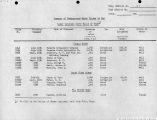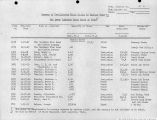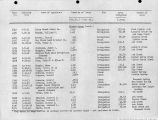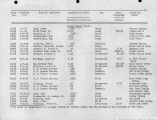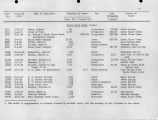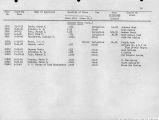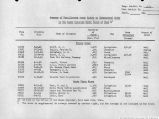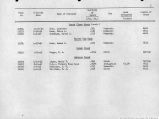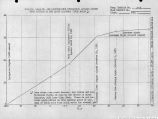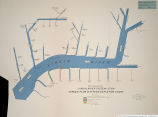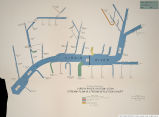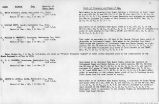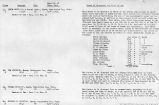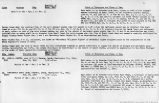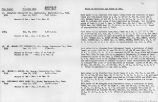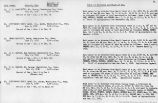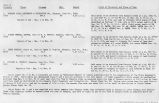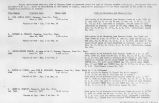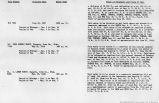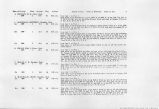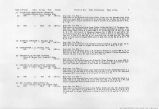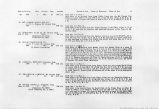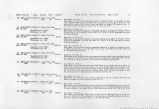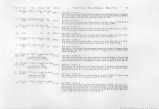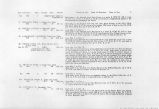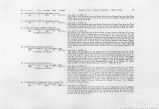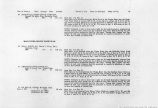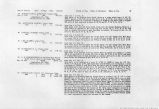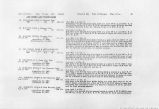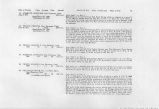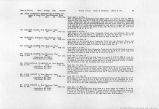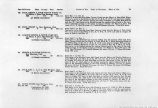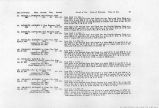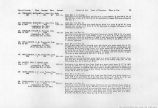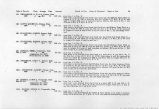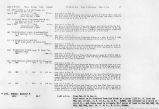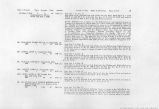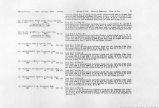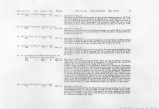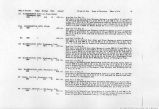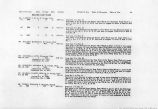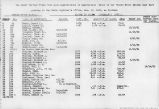| Title |
Utah exhibits [of the] State of Arizona, complainant, v. State of California, Palo Verde Irrigation District, Imperial Irrigation District, Coachella Valley County Water District, the Metropolitan Water District of Southern California, City of Los Angeles, City of San Diego, and County of San Diego, defendants, United States of America and State of Nevada, interveners, State of New Mexico and State of Utah, parties |
| OCR Text |
Show The State of Utah was joined as a party in this case, in its capacity as a State of the Lower Colorado River Basin, by order of the United States Supreme Court, dated December 12, 1955. In its formal pleadings filed following this order, the State of Utah asked for confirmation of its asserted right to the consumptive use of 175,000 acre-feet per annum of the water apportioned to the Lower Basin by Articles III (a) and III (b) of the Colorado River Compact. The State of Utah also asked that it be decreed its equitable share of any waters which might be apportioned under Article III(f) of the Compact. The rights thus asserted by the State of Utah are based: (1) Upon priority of appropriation, which rights are expressly recognized and protected as "presently perfected rights" or as "rights which may now exist" by the terms of the Colorado River Compact; and (2) upon the principle of equitable apportionment. In this connection it should be noted that Utah makes no distinction between water apportioned under Article III (a) and under III (b) of the Compact. The only water physically available to Utah, however, is from the Virgin River, Kanab Creek and Johnson Creek, all of which streams are tributary to the Colorado River above Hoover Dam. Only the Virgin River actually contributes to the Colorado River each year. Flow from the other two streams normally sinks into the ground and is dissipated through evaporation and transpiration shortly after crossing the Utah-Arizona line. Since the filing of formal pleadings in this case, further study and investigation has prompted us to reduce Utah's demands from a consumptive use figure of 175,000 acre-feet of water to 125,000 acre-feet. This quantity would constitute a full water supply for a total of about 39,000 acres, including present and future development plus a di- version from the basin of about 10,000 acre-feet, and compares with a present consumptive use of 58,000 acre-feet of water for approximately 25,300 irrigated acres and other incidental uses. Evidence will be submitted to demonstrate that Utah has a firm legal as well as historical right to the use of the water here claimed. Water from the Virgin River has been diverted for irrigation in Utah ever since the year 1854. At the time of the so-called "Mead Report" in 1902, there was stated to be more than 10,421 irrigated acres in the Utah portion of the Lower Colorado River Basin. Applicable court decrees establish appropriative rights to water from the Virgin River with priorities as early as 1860. In fact, Utah's use of water in the Lower Colorado River Basin is believed to be the oldest of any white men in the Basin, even though Utah's quantitative uses may be relatively small compared to the total uses within the Basin. Nevertheless, such uses as have existed and now exist are vital to the economic well-being of the entire southwest area of Utah. This particular corner of the state is known as "Utah's Dixie." It has climate and soils suitable for producing crops that can be grown nowhere else in the state. Its special products consist chiefly of fruits, vegetables, and specialty crops such as sugar beet seed for use in other areas of Utah and in other states. |
















































































































